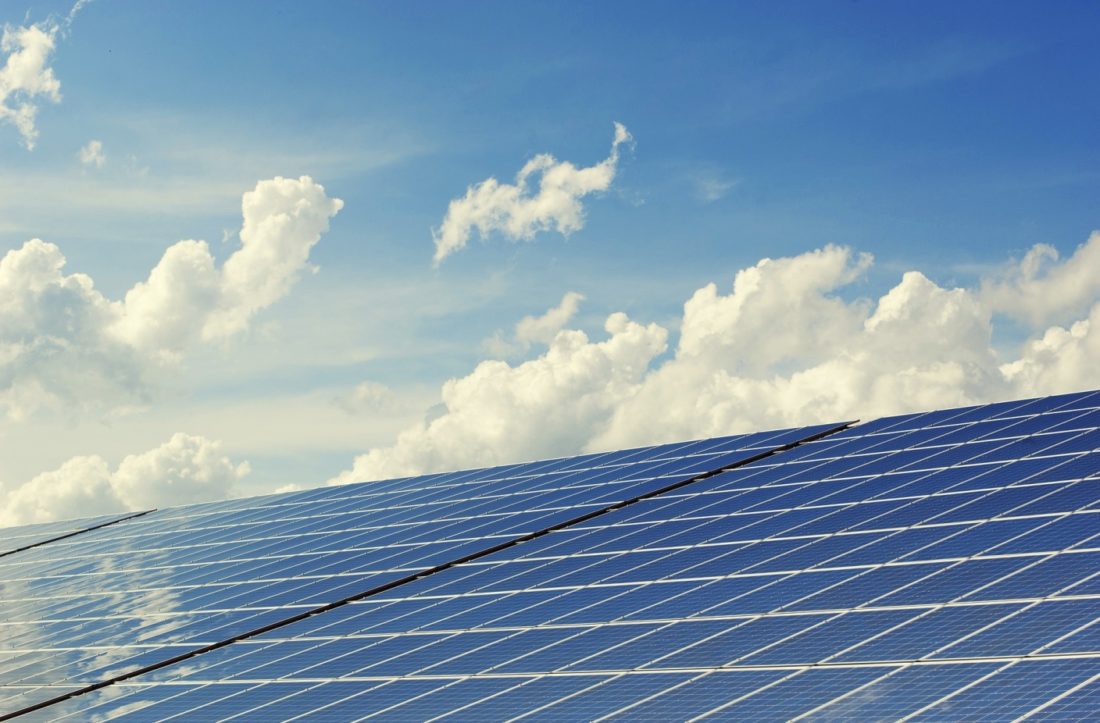The Top Reasons Why You Should Invest in Your Very Own Solar Installation in Australia Today

Solar energy is fast becoming the norm for more households across Australia, and this makes complete sense considering the fact that Australia receives plenty of sun throughout the entire year. Anyone who isn’t harnessing the power of the sun could really be losing out – not only in energy savings but also in government incentives.
Those who have already installed their own solar energy systems are reaping the benefits as we speak, and the figures say it all: there are now more than 1.3 million Australian households with solar panel installations, and, what’s more, the majority of these had their homes installed with solar panels only in the past 3 years. Perhaps one good reason for this surge is the Solar Credit scheme of the federal government, which gives a subsidy to those who install a solar energy system. Whatever the reason, however, it’s quite clear: solar energy is here to stay. Here are the top reasons why you should invest in your own solar installation in Australia today.
More on the scheme for Solar Credit
As mentioned, the federal government came up with a Solar Credit scheme which provides individuals with subsidies when they install a solar energy system. Under this scheme, you can receive a number of certificates, called Small Technology Certificates, or STCs, based on the size of your solar energy system and the region where you live. The subsidy you receive will often range (according to value) from about $1200 for a system of 1.5kW to as much as $10,000 for a system of 30kW. If you’re in Brisbane, the solar panel price can be even more competitive, and you may be able to install a 5kW system for only $3000.
Your solar energy system installer can claim the certificates on your behalf, and they can then offer the certificates’ value in the form of a discount on your installation price. In essence, the only thing you have to worry about when you compare different prices for different solar energy systems and figure out your financial investment returns is the system’s out of pocket expenses.
More on the Feed-in Tariff
You can also take advantage of a feed-in tariff, which is funded by electricity providers and state governments. This is basically a payment for every kWh (kilowatt hour) or unit of power your system or installation produces which does not get used in your own household, which you can then resell to the grid.
The feed-in tariff can vary depending on the state where you live, so you should do some research on the feed-in tariff for your own state. But you should bear in mind that states will impose a maximum limit on the size of the solar energy system you install in order for you to qualify. If you go past this limit, you will not be paid for whatever energy you end up exporting. In general, the maximum limit is around 5kW, or about 20 solar panels.
Once you understand what system to install and what to expect from it, you can maximise your system’s potential, so you can get the full benefits.
Image attributed to Pixabay.com









